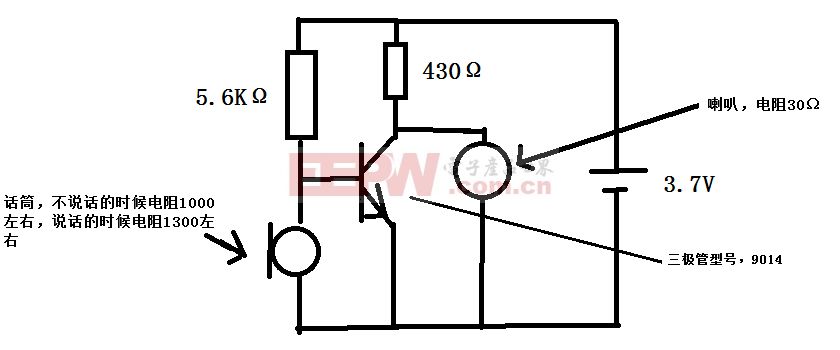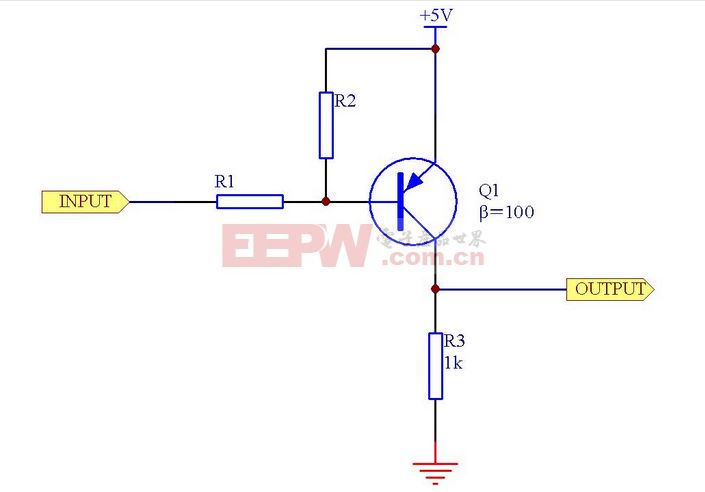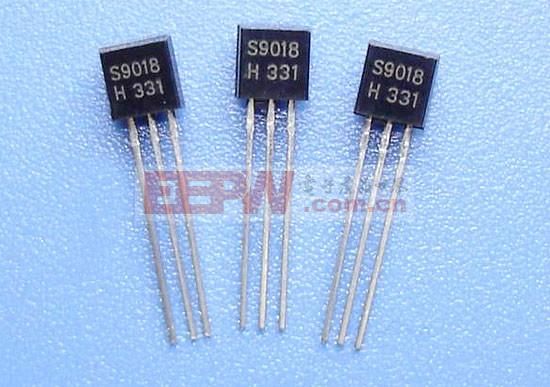Introduction: When it comes to transistors, we often think of their ability to amplify current. When a current flows from the base to the collector, it is automatically amplified by a factor of β. So, does the transistor only serve for current amplification? Can it perform other functions as well?
The Transistor – What Is It?
A transistor, also known as a semiconductor triode, is commonly referred to as a bipolar junction transistor (BJT). It is a fundamental current-controlled current device that enables current amplification and serves as a core component in electronic circuits. Transistors are widely used in various applications across different industries, forming the building blocks of modern electronics.

The Role of the Transistor – Current Amplification
One of the primary functions of a transistor is current amplification, which is its most basic role. For example, in a common-emitter configuration, a small input current at the base results in a much larger output current at the collector, multiplied by a factor called β. This β value represents the current gain of the transistor. By amplifying weak signals by a factor of β, the transistor effectively performs current amplification, making it essential in audio and signal processing systems.

The Role of the Transistor – Switching Function
The second major function of a transistor is acting as a switch. When the transistor is in saturation, the voltage between the collector and emitter is very low, effectively creating a short circuit. In this state, the transistor acts like a closed switch. On the other hand, when the transistor is off, the current between the collector and emitter is nearly zero, resembling an open circuit. This switching behavior allows transistors to control high-power devices with minimal input power, making them ideal for digital circuits and relay controls. Their fast switching speed and sensitivity make them highly efficient in many electronic applications.

The Role of the Transistor – Current and Capacitance Expansion
The third function of a transistor is to expand current or capacitance under certain conditions. For instance, combining a low-power thyristor with a high-power transistor can result in a high-power thyristor, increasing the maximum output current. In long-delay circuits, transistors can simulate the behavior of larger capacitors, allowing for extended timing functions. These capabilities make transistors versatile components in complex circuit designs.

The Role of the Transistor – Substitution Function
The fourth function of a transistor is substitution. In some cases, transistors can replace other components to fulfill specific roles. For example, two transistors can be used instead of a bidirectional trigger diode in a dimmer circuit. Additionally, transistors can substitute for voltage regulator tubes, such as replacing a 8V or 30V regulator tube in certain applications. This flexibility makes transistors valuable in repairing and designing custom circuits.

As you can see, the transistor is far more than just a simple amplifier. It plays a crucial role in switching, expanding current and capacitance, and even substituting other components. Its versatility and reliability have made it one of the most important elements in modern electronics.
open frame touch screen,multi touch frame,touch screen overlay kit,multi touch overlay kit
Guangdong ZhiPing Touch Technology Co., Ltd. , https://www.zhipingtouch.com
